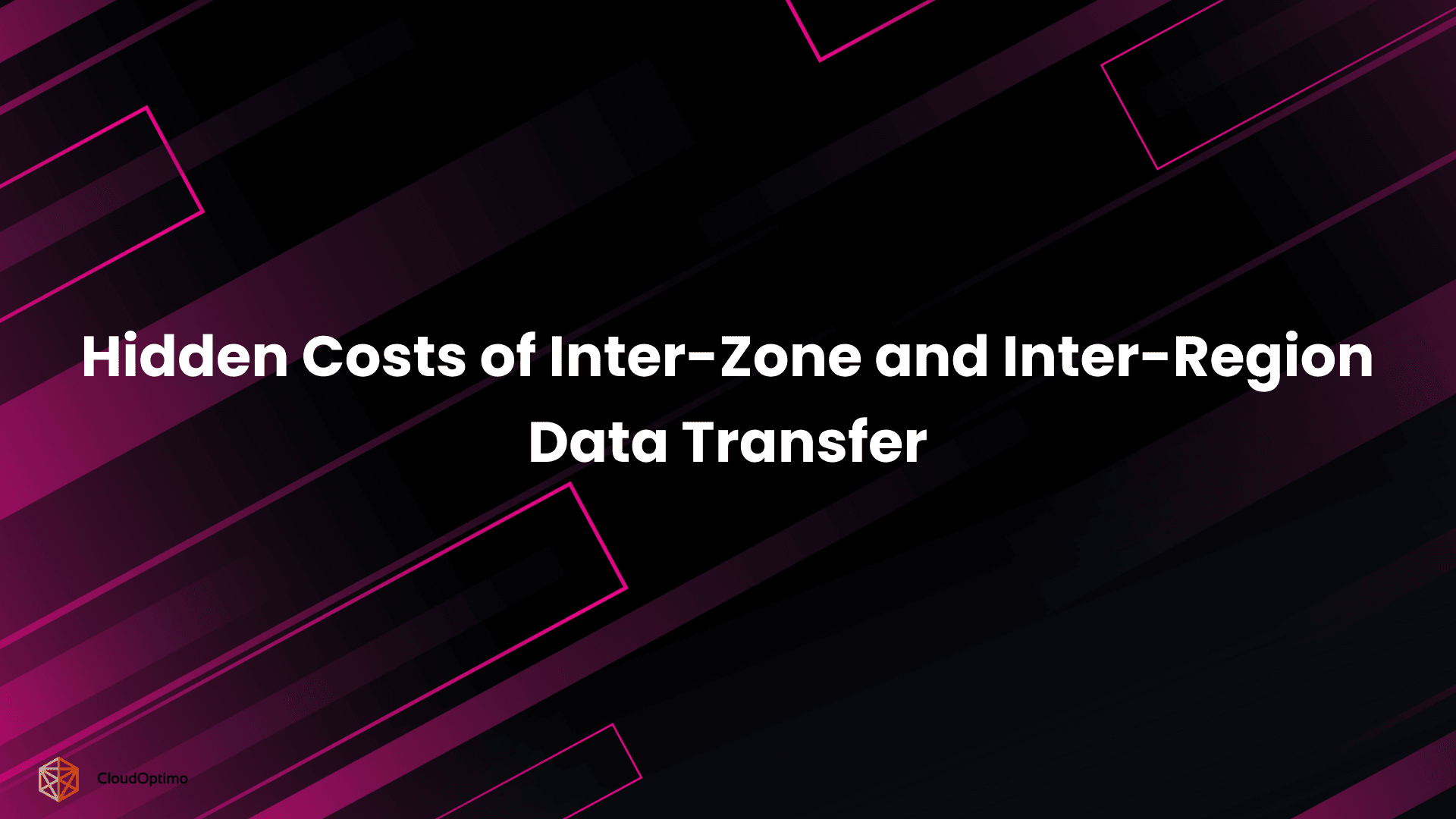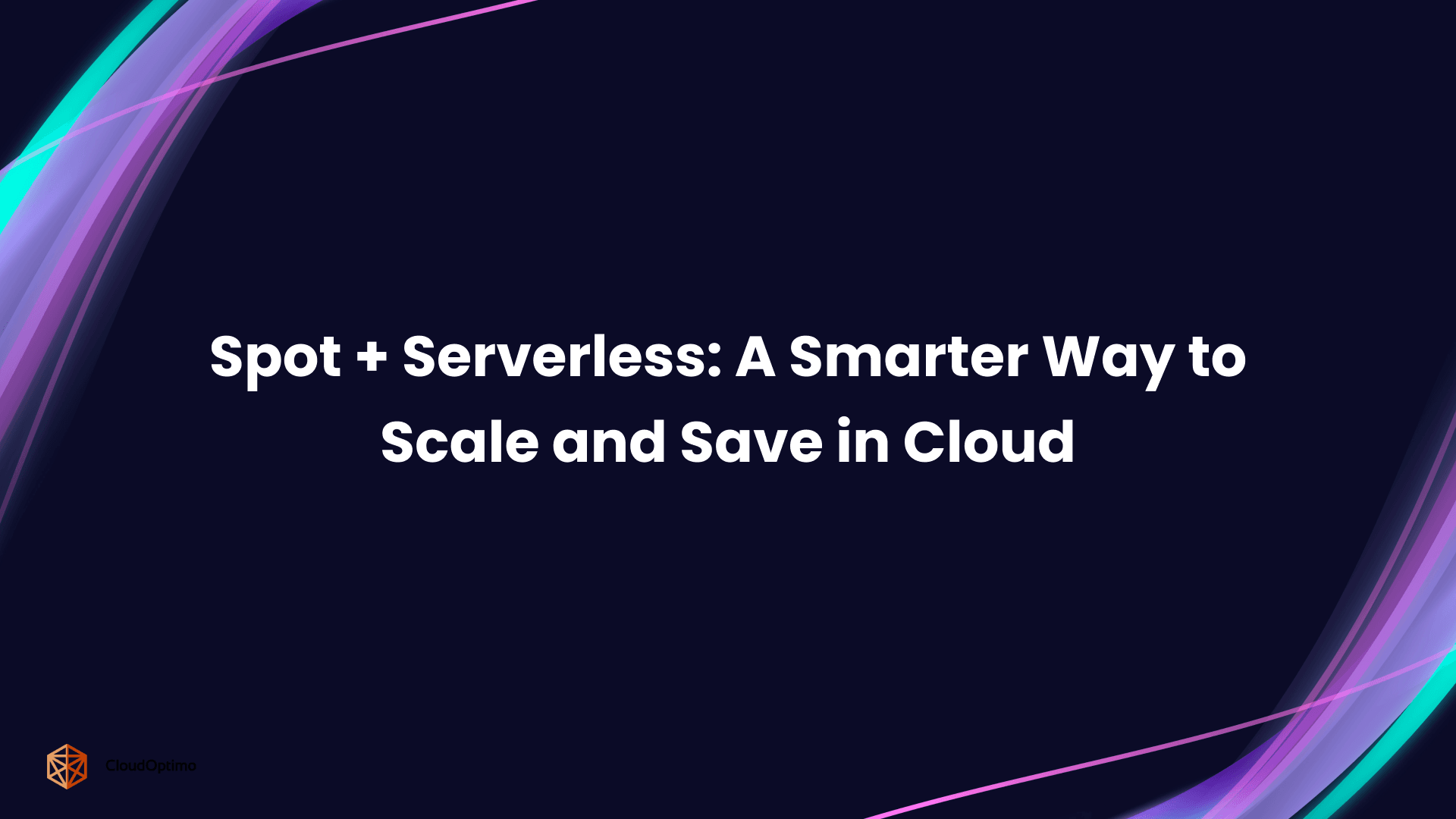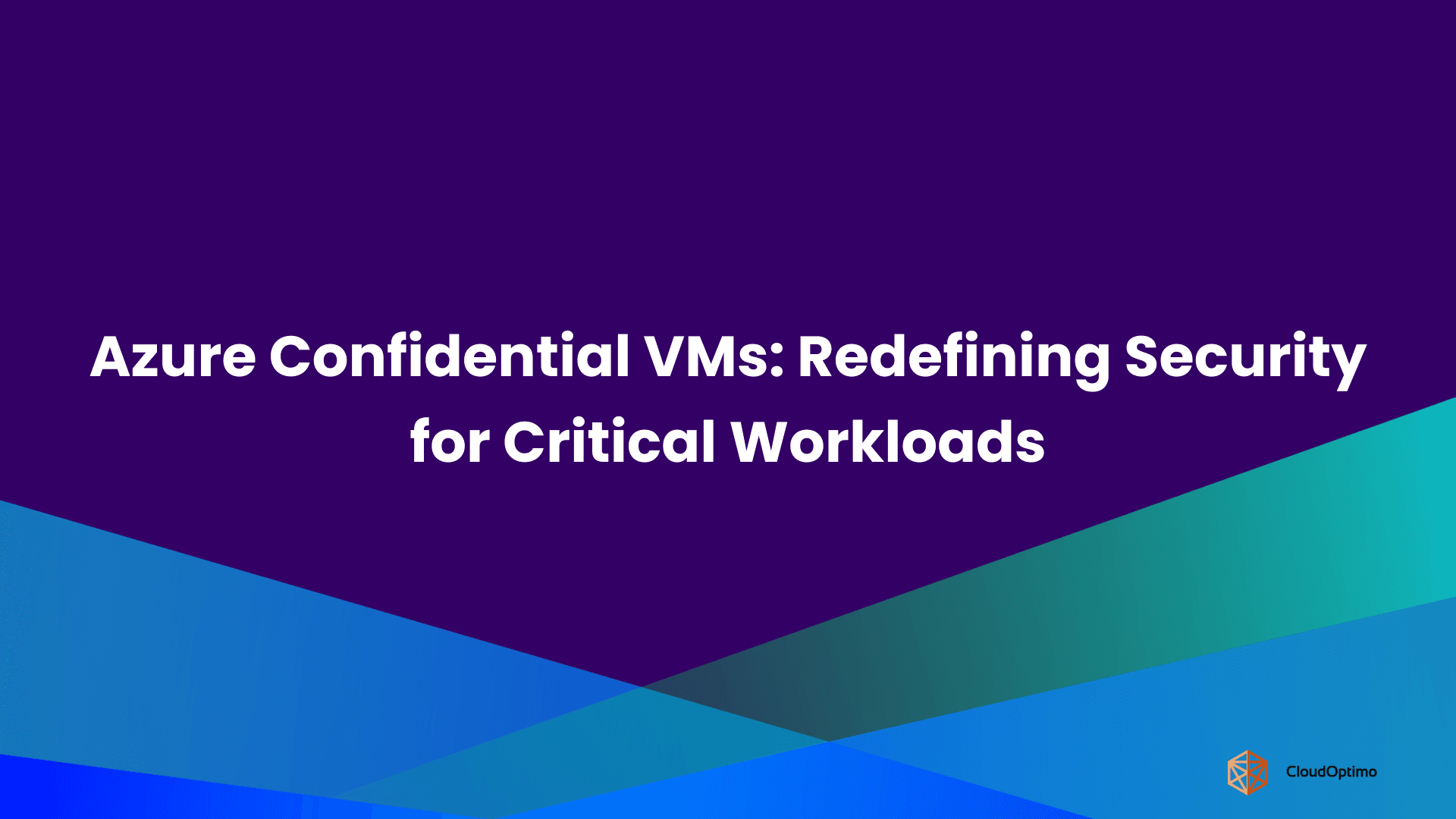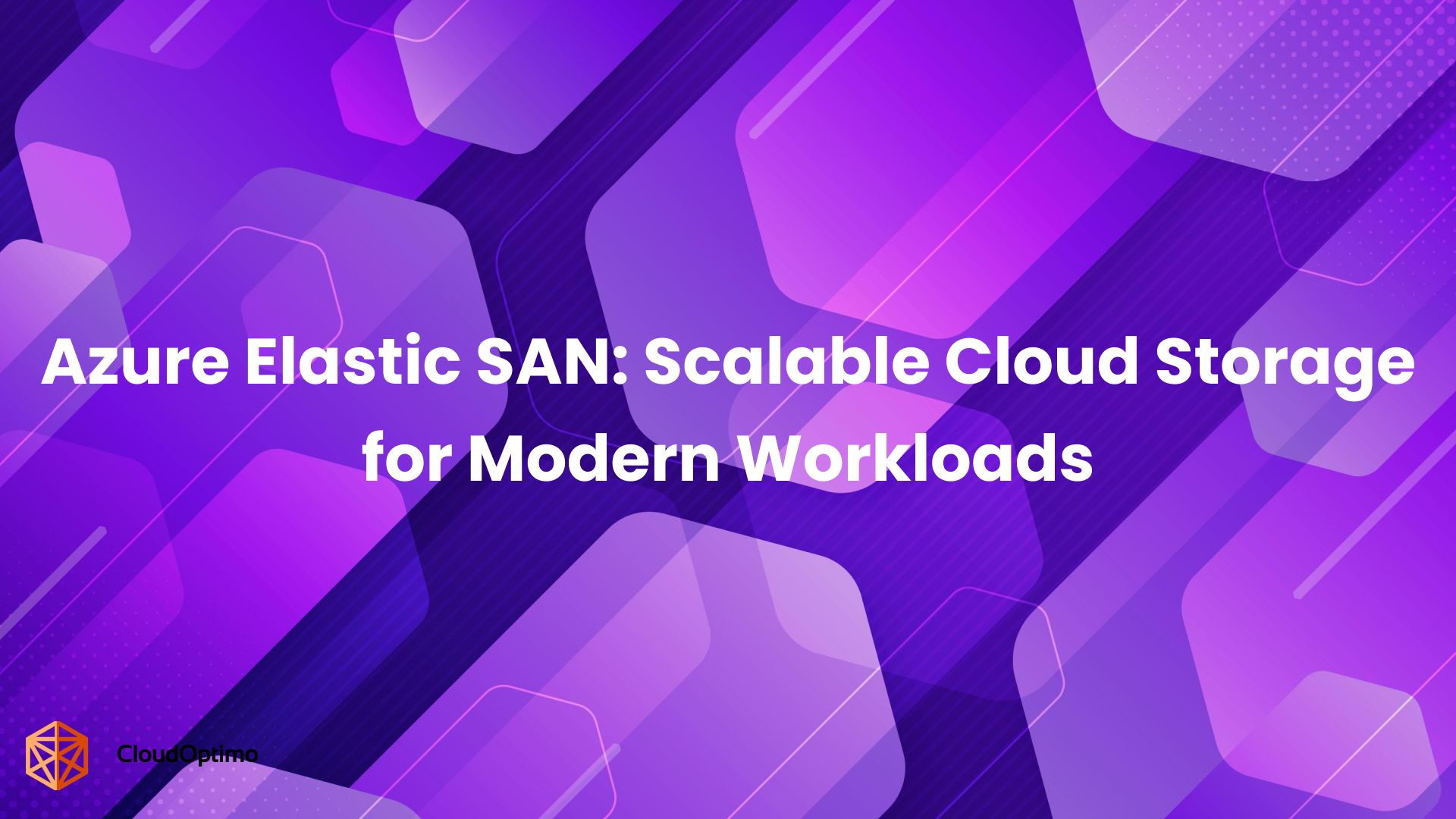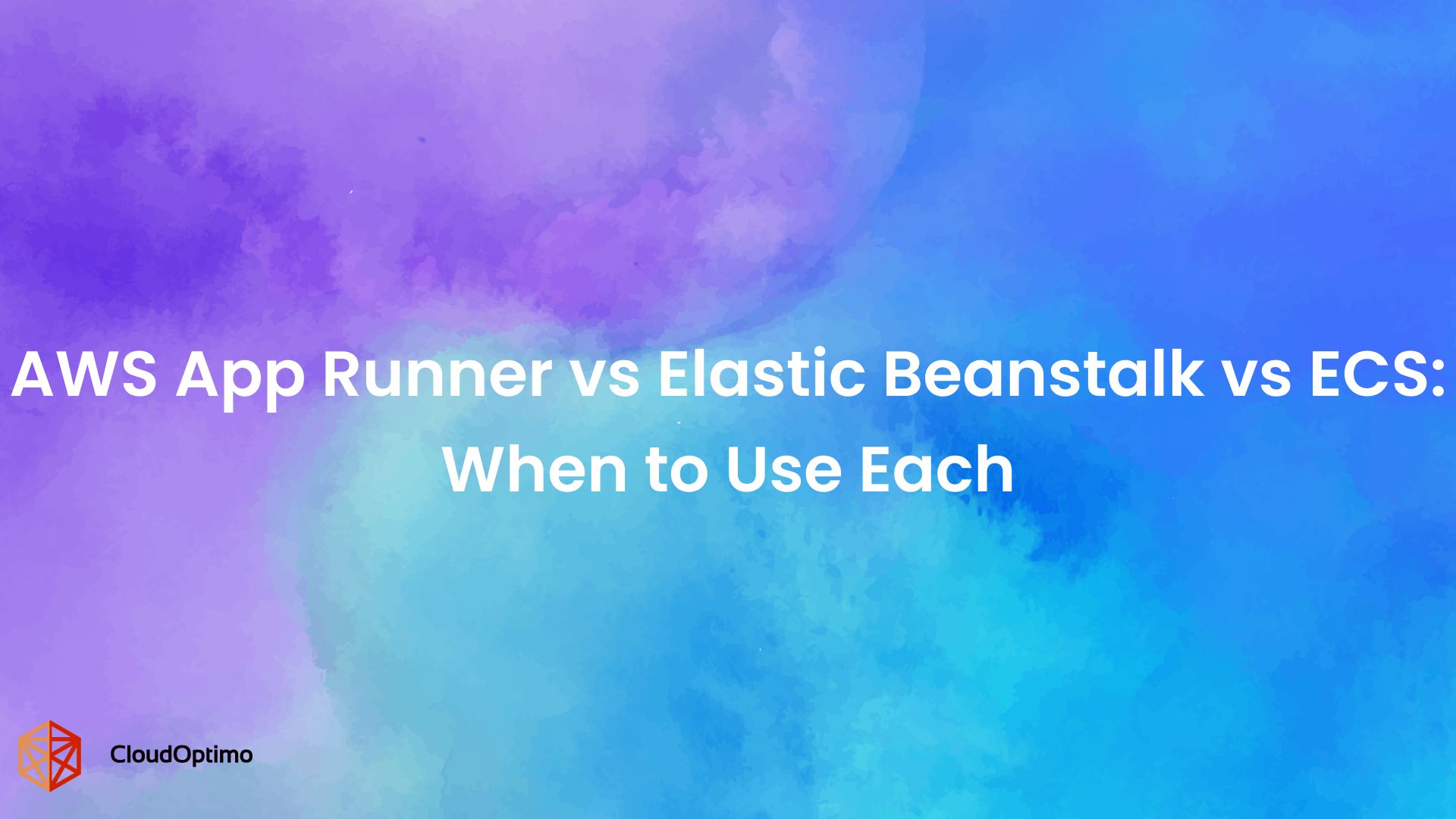Real-World Scenario: Popular AI Features and Sudden AWS Bill Increases
Generative AI has quickly moved from experimental to essential. Today’s product teams are rolling out intelligent features like context-aware chatbots, auto-summarization tools, and document understanding APIs as standard offerings in SaaS applications. These capabilities deliver clear user value, but they come with a hidden cost.
Consider a typical example: a growing SaaS platform integrates a GenAI-powered help assistant. Within weeks, usage surges as users engage with the feature across workflows. Prompt volume rises from 50,000 per week to over 400,000, with traffic covering everything from password resets to policy breakdowns. But soon after, AWS costs spike significantly from $8,500 to $67,000 in a single month, all tied to model inference.
What went wrong?
The application is sending every prompt, from simple FAQs to multi-turn conversations, to the same large foundation model. It’s a one-size-fits-all approach, using high-end compute even for low-effort tasks.
The result: inflated model costs, often without corresponding user value.
This is becoming a familiar pattern. As GenAI features gain traction, organizations face a critical challenge: how to scale AI-powered experiences without losing financial control.
Why Controlling GenAI Costs Is a Critical Business Issue in 2025?
By 2025, cost efficiency in GenAI is no longer just a technical concern - it’s a strategic business priority. Three major trends are driving this shift:
- GenAI is embedded into core products, not confined to R&D or pilot programs.
- Foundation model usage is tied directly to cost, billed per prompt, token, or duration.
- Cross-functional accountability is growing - FinOps teams must track spend while product teams are expected to deliver AI-driven innovation.
This intersection means that even well-intentioned AI initiatives can become cost-intensive if not designed carefully. When every prompt routes through the most powerful model by default, even trivial queries can drain budgets.
In this environment, businesses need more than visibility into costs; they need dynamic control over how models are selected and used in production. Without that, GenAI risks becoming a runaway expense rather than a scalable asset.
Common Challenges Faced by Product and FinOps Teams
As organizations adopt GenAI more deeply, the need to manage cost without slowing innovation has become urgent. But teams often find themselves held back by limitations in how models are deployed and managed.
One major challenge is the overuse of large models for all prompts. Without automation, teams default to routing every query, whether simple or complex, to a powerful (and expensive) model like GPT-4 or Claude. This adds unnecessary cost, especially for routine tasks that smaller models could handle just as well.
Another common issue is the manual effort required to route prompts intelligently. Teams sometimes attempt to build rules to decide which model should handle which prompt, but this approach doesn’t scale. It quickly becomes brittle and time-consuming to maintain as features evolve.
On the financial side, FinOps teams face a lack of transparency. They can often see the total model spend, but not:
- Which prompts are driving that cost
- Where smaller models could be used without impact
- Which features are most expensive to operate
Together, these challenges lead to:
- Slower development cycles due to complex logic maintenance
- Difficulty predicting and controlling cloud spend
- Friction between teams focused on innovation and those focused on cost management
To move forward, teams need an approach that balances model performance with operational efficiency, without adding complexity to their pipelines.
The Need for Smarter AI Model Use
Having seen the operational challenges teams face, it becomes clear that simply “using AI” isn’t enough. How you use it, especially which model you use for each task, makes all the difference in cost, performance, and user experience.
The Cost Implications of Using Large Foundation Models for Every Prompt
Large models like Claude or GPT-4 are powerful, but that power comes at a high price. When every prompt is routed through these models, no matter how simple, it’s like paying a top-tier consultant to answer routine questions.
In high-volume applications, these costs add up quickly. A large number of low-complexity prompts, each incurring charges from a high-end model, can silently inflate your AWS bill, even if those prompts don’t require that level of intelligence.
Impact of Overprovisioning on Budgets and Performance
Another common pitfall is overprovisioning using more compute and model capacity than needed. This affects more than just the budget:
- Increased latency: Large models take longer to respond, especially under load.
- Reduced efficiency: Users experience delays for tasks that could be handled faster with smaller models.
- Wasted resources: You're paying for model capacity you don’t always need.
Over time, this worsens both the financial and operational efficiency of your AI infrastructure.
Why One-Size-Fits-All Model Selection No Longer Works?
Not all prompts require the same level of intelligence. A short, factual question like “What’s today’s date?” doesn’t need the depth of reasoning that a contract summary or product recommendation might.
Yet many teams continue using a single model for all use cases because it’s simpler, not smarter.
This approach ignores the natural variability in prompt complexity. It also forces teams to trade off between performance and cost, when what’s needed is flexibility, the ability to match the right model to the right task, automatically.
Modern applications require a model strategy that’s as dynamic as user behavior. That’s the only way to scale GenAI features without scaling waste.
Introducing AWS Intelligent Prompt Routing
One of the biggest blockers to cost-efficient GenAI has been the inability to match the right model to the right prompt, without requiring teams to manually build routing logic or maintain complex infrastructure.
AWS Intelligent Prompt Routing, now available in Amazon Bedrock, directly addresses this challenge. It dynamically analyzes each prompt and routes it to the most appropriate foundation model, based on context, complexity, and size.
No code. No infrastructure overhead. Just smarter decisions, in real time.
This is especially valuable for organizations rolling out GenAI features across multiple products and use cases, where prompt volume is high, and usage patterns vary widely. What used to require manual rules or developer effort now happens automatically, making GenAI both scalable and cost-aware.
How does it enable cost-effective Model Selection Automatically?
Instead of routing every prompt to the most powerful (and expensive) model by default, Intelligent Prompt Routing classifies and routes prompts with precision.
For example, instead of routing every prompt to the most powerful and expensive model by default, Intelligent Prompt Routing classifies and routes prompts with precision. A simple request asking about office Wi-Fi passwords is sent to a smaller, faster, and cheaper model like Claude Haiku. A more complex request asking for a summary of a 10K filing with key risk disclosures is routed to a more advanced model like Claude Opus or Titan.
This approach means organizations aren’t wasting computing power and cost on routine interactions. Every prompt is matched with a model that’s capable enough, but not more than necessary.
The result is automatic optimization without tradeoffs:
- Teams retain the depth and flexibility of using multiple models.
- No need to build or maintain manual routing logic.
- Every prompt delivers value at the right cost.
Business Value: Lower Costs Without Sacrificing AI Capabilities
The business impact goes far beyond technical efficiency - it directly affects product scalability and financial outcomes.
- Run high-volume GenAI features without cost spikes: For apps processing millions of prompts, routing even 30–50% to lightweight models can reduce monthly AI spend dramatically.
- Respond to traffic surges without budget risk: During peak usage (e.g., product launches or seasonal demand), automatic routing ensures cost doesn’t spike unnecessarily.
- Preserve user experience while reducing model load: Lightweight models respond faster, which improves latency-sensitive features like chatbots or search.
- Shift from reactive FinOps to proactive optimization: Instead of waiting for a billing alert, teams can bake cost efficiency directly into the model pipeline from day one.
Put simply, Intelligent Prompt Routing turns GenAI deployment from a cost-guessing game into a data-driven, scalable system, without slowing teams down or limiting what they can build.
Why This Approach Is Gaining Momentum?
As teams begin integrating Intelligent Prompt Routing into their GenAI pipelines, a broader pattern is emerging: this isn't just a helpful optimization, it's becoming a foundational practice in how enterprises approach AI deployment.
Adoption Patterns Across Enterprise Use Cases
From internal tools to public-facing platforms, organizations are adopting Intelligent Prompt Routing across a wide spectrum of real-world applications. It’s gaining traction where cost control and responsiveness are both critical:
Large enterprises are embedding GenAI across departments, customer support, HR onboarding, internal knowledge search, and need predictable cost behavior at scale. SaaS platforms offering GenAI features to diverse customers can’t afford to serve every user request with a heavyweight model. Routing enables them to remain cost-competitive without reducing output quality. IT and operations teams are increasingly using GenAI to process documents, generate summaries, and perform internal knowledge tasks with varied prompt complexity that benefit from dynamic model selection.
These use cases are ideal for prompt routing because they often involve unpredictable input sizes and require a mix of speed, cost-efficiency, and language performance.
How Organizations Are Rethinking Model Selection?
Historically, model selection was treated like a binary decision: pick the “best” model available and hope it works for every use case. That mindset is quickly shifting.
Organizations are now asking a more strategic question: What’s the most efficient model that can accurately handle this specific prompt?
Intelligent Prompt Routing supports this shift by making model selection:
- Context-aware – adjusting based on prompt length, type, and user intent.
- Cost-sensitive – optimizing for total spend across the application.
- Aligned with business goals – allowing different tiers of responses without sacrificing experience.
This shift is as much about mindset as it is about tooling; teams are realizing that precision in model usage drives real efficiency at scale.
Signs of an Industry Shift Toward Multi-Model AI Efficiency
We're seeing a growing ecosystem momentum around this approach:
- More platforms are enabling multi-model orchestration by default, recognizing that no single model can deliver optimal results for all prompts.
- FinOps and DevOps teams now expect intelligent routing controls to work the same way they expect autoscaling in compute or lifecycle tiers in data storage.
- Cloud-native AI strategies increasingly emphasize cost-performance balance, not just model power.
This signals a deeper industry evolution. Prompt routing isn’t a temporary workaround; it’s becoming the default operating pattern for GenAI deployments that need to scale without compromise.
Cost Savings in Practice: Real Results in 30–90 Days
The value of Intelligent Prompt Routing isn’t just theoretical; it shows measurable impact in real-world deployments within the first few weeks of adoption. Once implemented, organizations often see improvements in both cost efficiency and application performance, without needing to re-architect their systems.
Typical Scenarios Where Intelligent Routing Delivers Value
In high-traffic, prompt-heavy applications, the mix of prompt complexity varies significantly. These are the kinds of environments where Intelligent Prompt Routing immediately starts to pay off:
- Customer-facing chatbots that answer both simple FAQs ("What’s the return policy?") and complex inquiries ("Can you help me compare insurance policies based on my medical history?").
- Internal tools that automatically process large volumes of data, summarizing documents, extracting key insights, or assisting with reporting workflows.
- High-traffic SaaS products, especially those in HR, legal, or finance, where prompts range from “List employee holidays” to “Generate a compensation benchmarking summary.”
Example:
A growing legal tech company built an AI-powered assistant to help users navigate contract clauses and compliance questions. Initially, all prompts, from “What’s the renewal date on this contract?” to “Summarize this 12-page vendor agreement” were routed through a high-cost model like Titan.
After enabling Intelligent Prompt Routing through AWS Bedrock, simple factual queries were handled by smaller models like Claude Haiku, while complex document summaries continued using Titan. Within the first 60 days, the team saw a 35% drop in inference costs, along with a 20% improvement in average response time for lightweight tasks. Crucially, no changes were required to their existing application logic.
Estimated Cost Reductions for High-Volume Applications
Organizations using Intelligent Prompt Routing in production environments have reported cost reductions between 20% and 40% in model inference spend, especially in applications with a mix of short, simple prompts and occasional complex requests.
To put this in perspective:
- A product handling 500,000 prompts per day, where 70% are low-complexity, could reduce model usage costs from $15,000/month to under $10,500/month by offloading simpler queries to smaller models.
- These savings typically appear within 30–90 days, depending on usage patterns and routing behavior.
The more diverse and unpredictable the prompt load, the greater the potential savings. Over time, as the system continues learning and refining routing decisions, efficiency improves further, making it an added benefit for teams operating at scale.
Comparing Automated Routing with Manual Model Selection Approaches
Before Intelligent Prompt Routing, many teams tried to manually assign models to different prompt types. While well-intentioned, this approach typically breaks down in practice:
- It’s labor-intensive to build and maintain custom routing logic.
- It’s error-prone, especially when prompt complexity changes dynamically.
- It’s limited in live environments where usage patterns shift suddenly.
In contrast, Intelligent Prompt Routing eliminates this overhead. Once enabled in AWS Bedrock, teams define basic routing preferences, and the system takes care of the rest. It requires no hard-coded rules, no constant adjustments, and no dedicated infrastructure to maintain.
This shift from manual control to intelligent automation doesn’t just reduce spend. It removes one of the most persistent blockers to scaling GenAI in production: the cost and complexity of model management. Teams get back time, budget, and confidence to scale responsibly.
Making It Work for Your Team
By now, it’s clear that Intelligent Prompt Routing delivers measurable savings, but how do you make it actionable within your own stack and workflow?
This section focuses on how to identify the right prompts, integrate without disruption, and align optimization with real business outcomes.
Evaluating Which Prompts Benefit Most from Intelligent Routing
Not every prompt justifies being routed through a smaller model. But many do. A quick audit of your prompt logs can reveal significant optimization opportunities.
To get the most value from Intelligent Prompt Routing, teams should begin by analyzing the types of prompts running through their GenAI systems. Look for patterns in high-frequency queries, short or predictable requests, and repetitive questions. These tend to be well-suited for routing to lightweight models, delivering immediate savings without reducing performance.
These types of prompts are often processed by powerful models out of default, not necessity. Intelligent Prompt Routing helps correct this by matching task complexity to the appropriate compute level automatically.
Integrating with Existing AI Architectures Without Complex Changes
One of the biggest advantages of using AWS Bedrock's Intelligent Prompt Routing is that it fits into existing infrastructure without requiring teams to re-architect their applications or set up complex model-switching pipelines. It works through existing Bedrock APIs, SDKs, and endpoints, maintaining the same deployment surface while providing multi-model intelligence benefits without multi-model infrastructure management complexity.
That means you can focus on product improvements and experimentation without being bogged down by the operational complexity of model orchestration.
Practical Optimization Strategies for Cost-Aware AI Deployment
To fully realize the value of Intelligent Prompt Routing, it’s not enough to “turn it on and hope.” Teams that succeed with it adopt a deliberate, data-informed approach:
Ongoing visibility into prompt behavior is essential. Teams should use analytics tools to monitor prompt complexity and track how routing decisions affect costs over time. Setting cost thresholds and working jointly across product and finance helps ensure that routing stays aligned with business goals. Treat routing as a strategic lever that evolves, not something you configure once and forget.
This mindset shift from static model selection to adaptive, cost-aware routing is key to unlocking sustainable GenAI at scale.
Next Steps: Decision Frameworks for GenAI Optimization
The next question is: how do you apply it effectively within your own organization? Moving from insight to action means identifying where routing delivers the greatest impact and aligning it with your cost and performance goals from day one.
Identifying the Right Workloads for Intelligent Routing
Not all workloads benefit equally from prompt routing. Start with the areas where usage patterns and cost pressures intersect:
- Workloads with varied prompt types, such as user-facing chatbots, internal document assistants, or customer analytics tools.
- High-traffic applications, where inference volume creates significant spending at scale.
- Unpredictable usage patterns – especially during launches, product updates, or seasonal spikes.
- Latency-sensitive use cases – where routing lighter prompts to faster models improves user experience.
These are the environments where prompt routing can start delivering measurable savings and performance gains almost immediately.
Aligning Cost Goals with Model Strategy
Routing isn’t just a technical mechanism; it’s a lever for controlling spend and setting clear operational targets. To make the most of it, establish performance-based cost goals like:
- “Keep average cost per prompt under $0.02.”
- “Ensure 80% of prompts are resolved in under 1 second.”
- “Route 60% of prompts to lightweight models without degrading quality.”
With Intelligent Prompt Routing, these targets become actionable policies, not just aspirational benchmarks. You can shift from reactive cost control to proactive optimization.
Strategic Actions for Product and FinOps Leaders
Bringing routing into your GenAI operations requires cross-functional collaboration. Here’s how each team can contribute:
Product leaders can integrate routing considerations early during feature planning, ensuring prompt efficiency is built into the design, not retrofitted later. FinOps teams can leverage routing analytics to monitor per-model costs and establish guardrails that align with business value. Meanwhile, platform and AI engineers can implement routing with minimal overhead using Bedrock APIs and fine-tune over time based on real usage patterns.
The shift to intelligent model selection isn’t just about technical efficiency; it’s a strategic move toward sustainable GenAI growth.
Balancing Innovation and Cost Efficiency
Returning to the initial cost challenge, it’s clear: scaling GenAI requires more than just more model power - it requires smarter usage.
AWS’s Intelligent Prompt Routing provides a practical, low-friction way to balance capability and cost. It gives teams the flexibility to innovate while protecting the bottom line.
For teams who’ve followed this journey through real-world challenges, practical tactics, and architectural guidance, here’s what matters most:
Your GenAI success depends not just on what models you use, but how intelligently you use them.
Let prompt routing do the heavy lifting. Free your teams to focus on what AI can build without being held back by what it costs.

